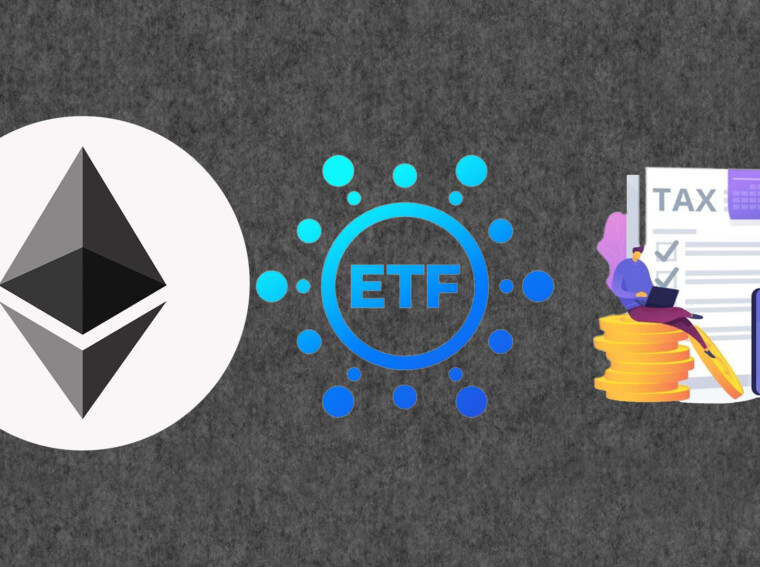- Ethereum’s ETF (Exchange Traded Fund) appeals to investors looking for a diversified option while offering them indirect exposure to the cryptoverse.
- ETFs potentially influence Ethereum’s price demand while boasting institutional participation.
Ethereum exchange-traded funds (ETFs) allow users to leverage the world of cryptocurrency investment even without a direct holding of digital assets. These funds open the pathway to the dynamic realm of crypto investment. The concept of ETFs emerged as a significant aspect that grants access to the Ethereum blockchain market. While the organizations are widely exploring the crypto ecosystem, Ethereum exchange-traded funds step in to serve as a bridging element that connects the digital asset’s realm with traditional financial platforms. The main question arises here—What are the features, benefits, and demerits of this innovation? Does it affect the Ethereum’s price?
What are Ethereum ETFs?
An Ethereum Exchange-Trade Fund (ETF) is determined as an investment vehicle developed to enable investors a passive way to track the price movements of Ethereum, the second-biggest crypto based on market capitalization. It operates similarly to conventional ETFs, these funds also allow investors access control to the potential growth of ETH without holding the same cryptocurrency.
An Ethereum ETF is designed as an asset portfolio held by a fund that consists of a combination of financial tools. Those tools help to imitate the performance of Ethereum’s market value. These financial instruments include futures contracts, crypto derivatives, and several other digital assets that were specifically designed to monitor the market movements of Ethereum’s price.
Significant Aspects of Ethereum ETF
The significant adoption of ETFs is a result of their capability that offer a standard investment method to both existing investors and users who are cautious about direct investment in cryptocurrencies. These funds provide a passive route to invest in the crypto by allowing the purchase of a small share of Ethereum ETFs on traditional stock exchanges. Investors can participate in the potential gains of Ethereum’s price while eliminating the risks relevant to crypto’s direct ownership.
Ethereum ETFs function within determined financial regulations that provide investors with an additional level of security and maintenance. The regulatory concerns are essential in the development of investors’ confidence, especially for individuals who are navigating the cryptocurrency market for the first time.
However, the structure of these ETFs ensures a streamlined investment process while addressing the complexities of private keys to be managed by investors. Additionally, these ETFs’ importance enhanced with time as they cater to the needs of a wide-spectrum user base.
It simplifies the process of crypto investment for advanced investors as well as beginners who hesitate to invest directly in Ethereum because of regulatory compliance. The lack of familiarity often decreases crypto’s wider adoption. These specific funds allow investors to indirectly participate in the potential growth of Ethereum as it relies on the fund managers’ expertise to eliminate the complexities of the blockchain landscape.
How ETFs Influence the ETH Price?
ETFs play a crucial role in driving an institution-grade investment method in the crypto space. It provides an avenue for companies’ capital to get invested into Ethereum without the asset’s direct purchase. Accordingly, outflows and inflows of organizational money via Ethereum ETF can have a significant impact on Ethereum’s price.
While companies and investors are overseeing exposure to the large-scale crypto market, ETFs provide a regulated and familiar doorway to the crypto space. Inflows of institutional capital can result in an increased demand for ETH and can potentially drive ETH’s price upward. Meanwhile, outflow works with the opposite effect.
Conclusion
It is important to track the activities of Ethereum ETFs. it can help in monitoring of potential movement of price in the broader Crypto and Ethereum market. While ETFs’ liquidity is proportional to the liquidity of their underlying assets, the fund size can be a crucial consideration for investors to avoid any potential loss.

